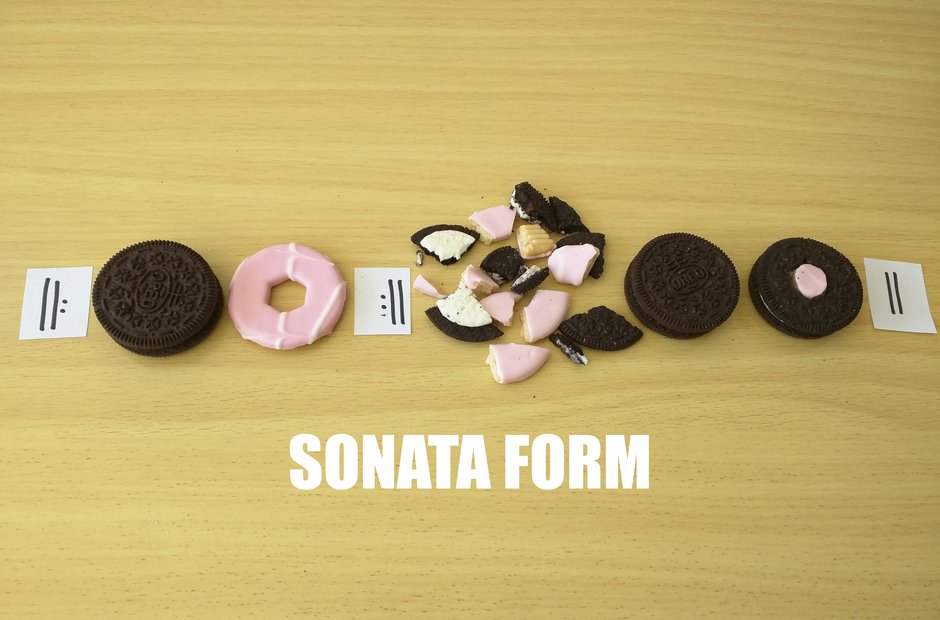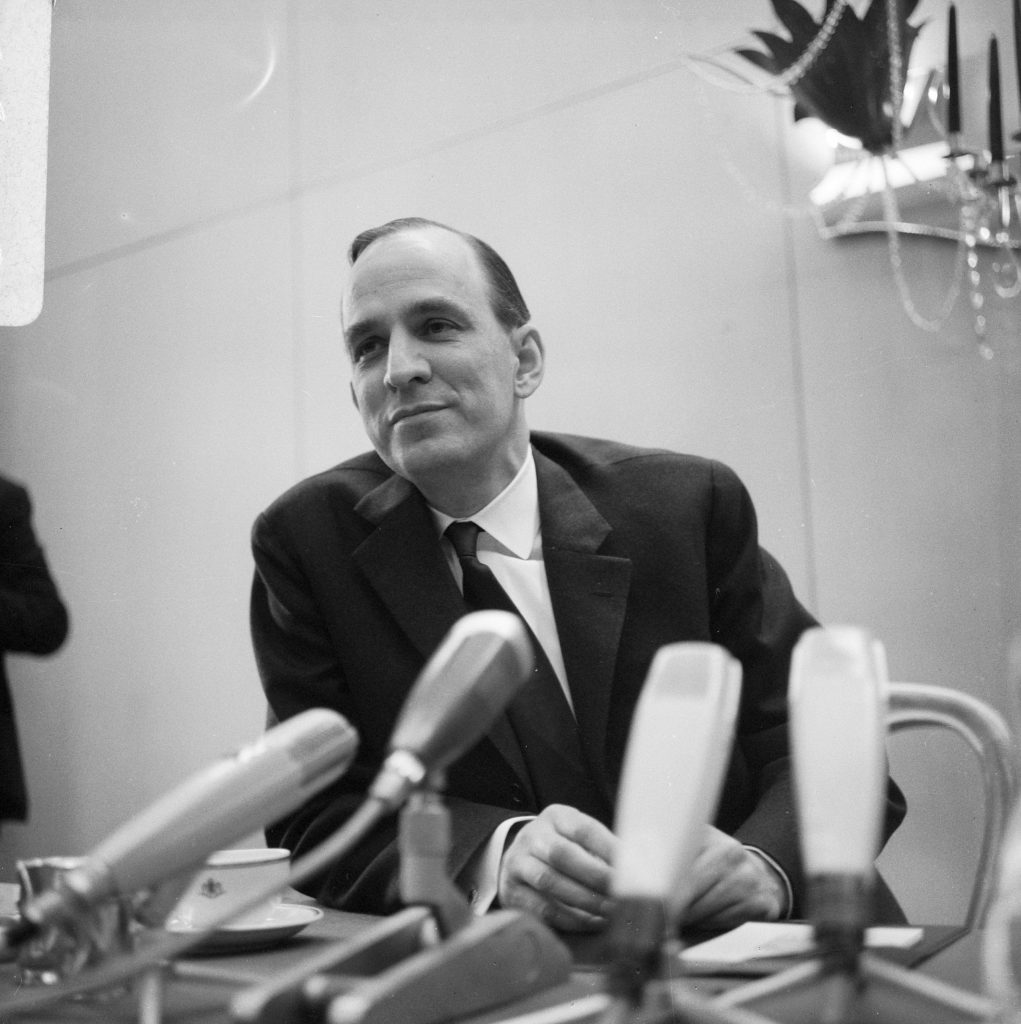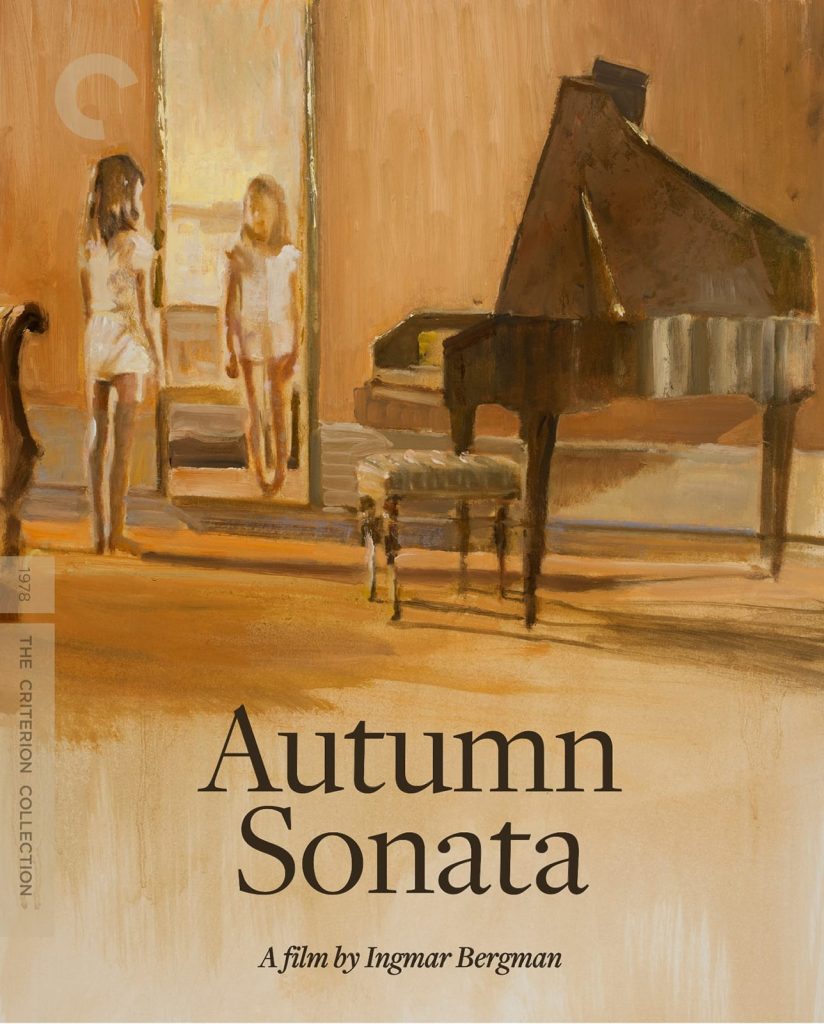Making Overtures: Sonata Form
Sonata form is an evolved version of Ternary (A-B-A) form. Let’s explore.
The word sonata likely derives from the Italian word suonava (sounded by an instrument) to differentiate from cantata (sung). It helps to know that the term sonata is currently used two ways.
The broader definition refers to an entire composition for a single instrument such as Prokofiev’s Piano Sonata No. 7 in B-flat Major, Op. 83, or an instrument with piano accompaniment such as Beethoven’s Violin Sonata No. 5 in F Major, Opus 24. Sonatas like this are comprised of three or four movements, each of which can stand on its own, but are meant to be presented in succession. These movements are related but they also contrast, and each follows its own formal structure.
The second meaning of the word refers to a specific musical form. Sonata form (sometimes called Sonata-Allegro form) appears not only in instrumental sonatas, but is also the standard format for the first (and sometimes the last) movements of symphonies, concertos, and much chamber music. Therefore it enhances music listening to understand this ubiquitous formal scheme. Sonata form generally consists of the following sections:
- An optional, usually slow, Introduction
- Exposition (A section) containing two contrasting themes: often the first is loud and energetic, which transitions to a second theme, usually softer and lyrical (the whole exposition may be repeated)
- Development (B section) where the two themes may be fragmented, elongated, sequenced, layered, upside down, or chasing each other, while traveling through changing tonal centers, leading to a climactic moment
- Recapitulation (A section) where the exposition’s two themes are restated (note that a concerto may include a rhapsodic or virtuosic solo cadenza near the end of the recapitulation)
- An optional Coda (sometimes long and sometimes short) which contains material that relates to the themes and sounds final, letting us know the movement is ending

It’s a tried and true format that takes us on a journey and brings us back again. Once you know the Sonata setup, it’s interesting to listen for the themes and observe how each composer “problem-solves” to create a cohesive and satisfying result. The ISO’s fall programming offers multiple examples of Symphonies and Concertos featuring Sonata-Allegro movements:
- Ludwig van Beethoven: 5th Symphony
- Samuel Barber: Violin Concerto
- Aaron Copland: Short Symphony
- Béla Bartók: Concerto for Orchestra
- Samuel Coleridge-Taylor: Violin Concerto
Interestingly, you can also watch a cinematic version. Swedish film director and music-lover Ingmar Bergman created an engaging art film, Autumn Sonata, in which he uses a clear representation of Sonata form for the story’s framework.

Swedish film director Ingmar Bergman 
It’s easy to follow: in the movie, the contrasting themes of the Exposition are represented by the introduction of two characters, a woman and her mother. True to form, things get complicated in the story’s Development section, as family members struggle to interrelate, eavesdrop on one another, dredge up old memories, reveal hidden truths, doubt themselves, and become emotional. The Recapitulation reverts to the format of the opening scene.
You can stream Autumn Sonata through various platforms.
Happy listening – and watching!